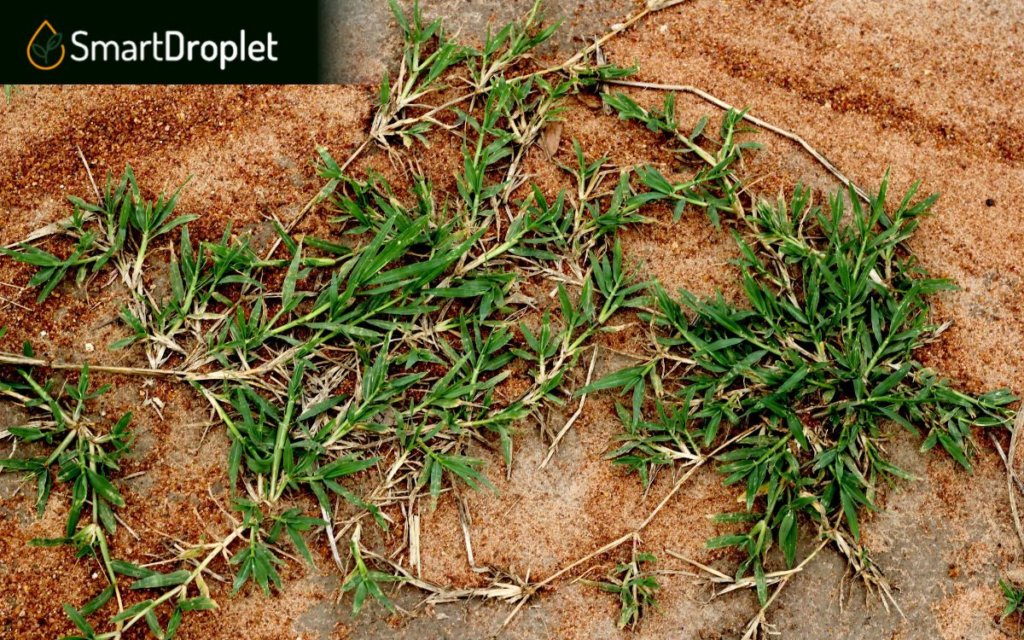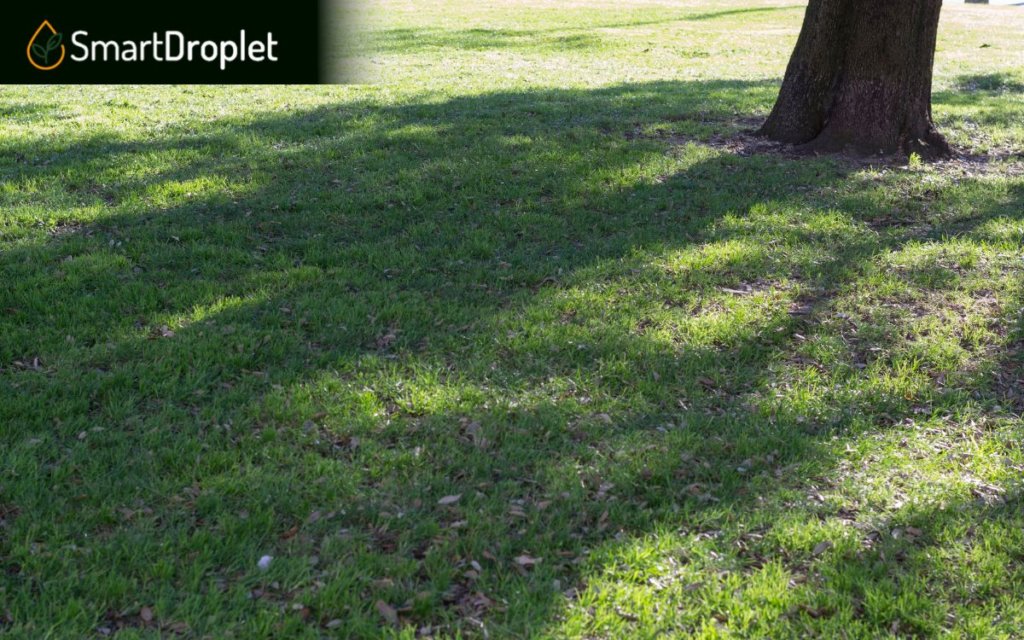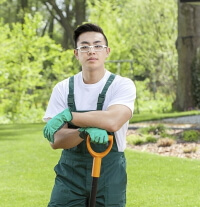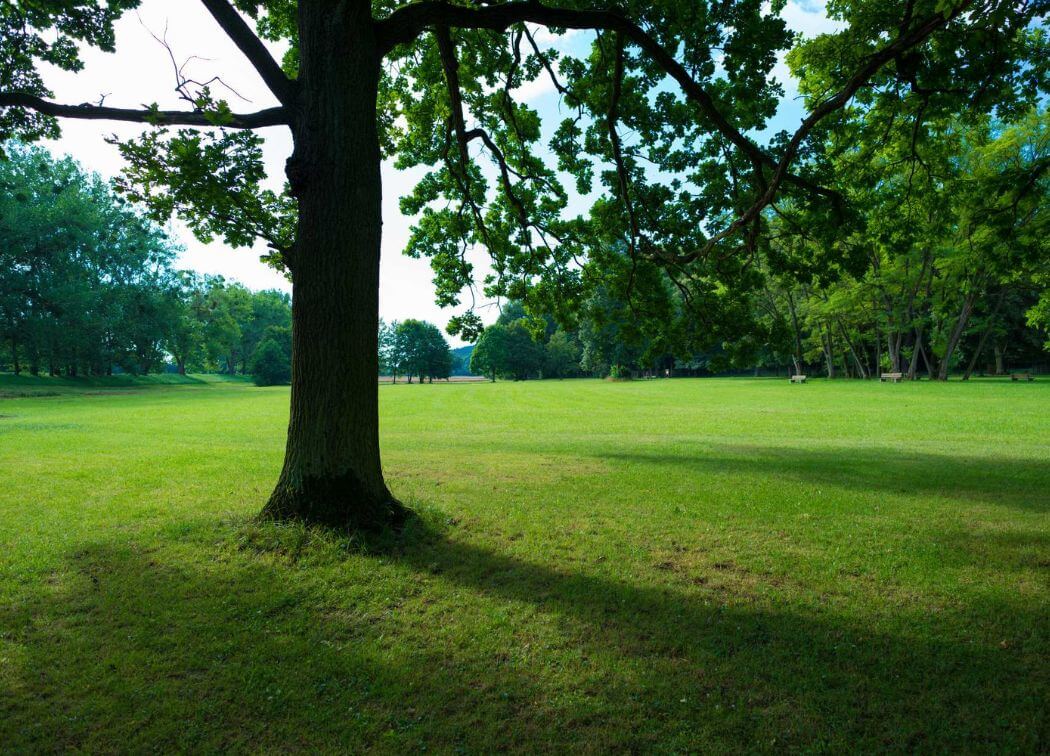Do you want to have a Bermuda lawn that is shade tolerant and would still look GOOD, whatever the weather?
Unfortunately, Bermuda grass does not grow well in shade. In comparison to many other turf grasses, Bermuda grass requires more light, at least 4 hours a day of direct sunlight.
You have to TAKE NOTE of a few things if you want to grow Bermuda grass to be shade tolerant, especially if you have a NEW LAWN.
It can’t be helped that there are situations in which your environment consists of shaded areas all day, and you’re looking for ways that Bermuda grass can still SURVIVE.
If your lawn has trees and other elements that help block the sun, you must CHOOSE a type of grass that can tolerate reduced light from the sun.
The question is, how much sunlight does Bermuda NEED for it to thrive?
Sunlight Needs of Bermuda Grass
FOUR HOURS of direct sunlight is what Bermuda grass needs to survive. If it gets any less than that, it may be VULNERABLE to disease and stunt the grass growth.
Despite that, many homeowners STILL prefer a Bermuda grass lawn for their STRONG tolerance against drought and direct sunlight during the summer season.
The daily amount of light energy from the sun IMPACTS the development of this grass underneath.
The brightness of the light is CRUCIAL, but it isn’t the only factor. The growth of leaves, rhizomes, and stolons depends on the sunshine received throughout the day.
Even though there are bermudagrass cultivars that THRIVE under shady spots, they don’t do well as Zoysia and Ryegrass types.
One of the shade-tolerant varieties is the TifGrand™ by Tifton Experiment Station, proving that this hybrid grass performs well in shady areas.

What Shade Does to Bermuda Grass Lawns
The moment Bermuda grass is cultivated in shaded areas, it might NOT do well since it’s a warm-season grass.
Tall trees with LOW branches and TALL buildings may be a factor in the poor growth since it needs hours of direct sunlight. They also contribute to how much shade grass can take.
If Your Bermuda Grass Lawn Lacks Full Sunlight:
- Elongated leaves, stems, and internodes – Bermudagrass lawns develop elongated leaves, stems, and internodes in low light conditions, usually less than 60 percent full sunlight.
- Not so healthy lawn – Because the grass LACKS photosynthesis, your lawn will begin to thin out due to REDUCED lateral growth.
- Vulnerable to disease – fungal infections, moss, root difficulties, and other issues will AFFECT the grass in the shade. This is because the dew STAYS on the leaves for LONGER periods in regions with more sunlight exposure or filtered sunlight.
It would seem UNPLEASANT if your lawn looks too thin because of the tall stolons and thin leaves, whereas grasses that are lush and thick would be better.
If people are looking for warm-season grasses, Bermuda grass grows in a SIDEWAYS direction. That is why it’s the IDEAL choice for lawn owners.
Shade Tolerant Bermuda Grass Types
A lot may think that grasses with thin leaves survive under complete shade.
Rather, fine-leafed grass types have more shade tolerance compared to other grasses. Because they cover more area, more sunlight will be collected by increased leaf surface.
The best grass type for more shade tolerance will be the CELEBRATION BERMUDA GRASS.
This is because it has FINER leaves and a DENSER turf build. It’s also MORE shade-tolerant compared to other grass types.
Despite its upsides, there’s no proven fact YET that this is the perfect grass in areas with shade.
Another SHADE-TOLERANT Bermuda grass variety is the Latitude 36® grass plugs.

Shade-Tolerant Grass Varieties
Grass growth is still probable in some regions that do not receive direct sunlight.
If you want to grow grass that does well in SHADED areas and thrives in a cool season, tall fescue will work well, so do the fine fescue ones.
The RYEGRASS would be perfect for shady spots that don’t have enough sunlight.
Other alternatives include the following:
- St. Augustine grass – the type that’s perfect for the warm season. It’s RESILIENT against dry soil and can also withstand cold climates.
- GeoZoysia – a grass type with fine blades that can THRIVE WELL in shaded areas. Its lush color makes it a good choice for your lawn.
- Kentucky bluegrass – is one of the different cultivars that produce a dense, lush, durable lawn. It has moderate shade tolerance and is CAPABLE of self-repair.
NOT ALL grass types are shade tolerant all the time, and even so, they still REQUIRE the four-hour amount of full sun.
You may struggle to take care of your lawn grass’ root growth under partial shade, but there are WAYS in which you can IMPROVE sunlight penetration and prevent bare spots on your lawn.
Let us show you how we can help.
Ways to Care for Bermuda Grass in the Shade
It may not be easy to cultivate turf under the shade. Even if you water and feed it REGULARLY, you’ll notice that it’s thin and has bare spots.
However, here are a few guidelines to help Bermuda grass grow and THRIVE in shaded areas.
To allow MORE light from the sun up to the roots, cut back some branches from surrounding trees and canopy around the lawn.
You can start by mowing the Bermuda grass in shady areas. Make sure to mow them slightly HIGHER than the usual standard.
It will IMPROVE sunlight penetration and cut off abnormally elongated stems from your lawn.
There should be MINIMUM traffic on the Bermuda grass where there is shade. If there’s further strain on your lawn, the shaded areas might not thrive well.
Don’t forget to add the RIGHT amount of nitrogen to the Bermuda grasses. Please don’t overdo it because it might inflict burns and worsen shade intolerance.
Before you start planting, ALWAYS remember to test the area first, using a few plugs to determine if the shade is too much for the grasses.
Bermuda grass is STURDY enough to be cultivated on your lawn, at least for us.
Garden Products for Bermuda Grass
There may be several methods to care for your bermuda grass, but it would help if you get yourself LAWN ADDITIVES that might benefit you in the long run.
Here is a list of garden products you can try on your grass:

1 – Spectracide Immunox Fungus + Insect Control
- One bottle can cover up to 2,500 square feet
- It easily hooks up to your hose for even application
- Active ingredient/s: 1.45% Propiconazole and 0.08% Lamda-cyhalothrin
- Best used on insect control and outdoor/Topical fungus

2 – Heritage G Granular Fungicide
- Every 10 lbs. can cover 2,500 – 5,000 sq. Ft.
- Active ingredient/s: 0.31% Azoxystrobin
- For easier application, use a drop or broadcast spreader
- Contains fungicide strobilurin, a systemic fungicide used to treat some turfgrass infections

3 – Armada 50 WDG Fungicide
- Can cover from 21,000 up to 50,000 sq ft.
- Active ingredients: 8.33% Trifloxystrobin and 41.67% Tradimefon
- Tank mixing and spray application are needed
- For disease control purposes
Conclusion
It can’t be avoided that your environment may have a bit of shade. However, it would’ve been nice to have MORE sun around the grasses to help grow grass well.
Trees and tall structures obstruct the sun from hitting your lawn, so you must be well-prepared to assess the root problems of what shade can do to your Bermuda grasses.
Frequently Asked Questions
Many of you may remain clueless about the GENERAL RULE of caring for Bermuda grass on your lawn.
Take a look at these FAQs, and you might find what you’re looking for regarding Bermuda grass care.
Will Bermuda Grass Die From Long Periods in the Sun?
Unless occasionally watered and attended to, the grass roots might dry up and DETERIORATE your lawn.
Even though your lawn needs the sun to live, it’s STILL a good practice to provide water and sometimes a little shade to help cool down your grasses.
Can I Still Plant Trees Around My Bermuda Grass Lawn?
Yes, it’s still okay to have trees around your lawn to provide shade but remember that it might negatively affect your lawn.
You should plant grass in shade that is resilient, especially if they’re under trees a lot and the sunlight is filtered out.
What Is a Grass Cultivar, and Can It Stand the Cold?
Out of the recorded 11,000 species of grass in the world, some types belong to the cultivar class.
A CULTIVAR is a plant type bred for SPECIFIC characteristics, and its genetics can be PASSED DOWN through grafting, managed seed production and tissue culture.
Grass cultivars are a subset of species developed to behave uniformly and resiliently in the environment they have grown to adapt to.


